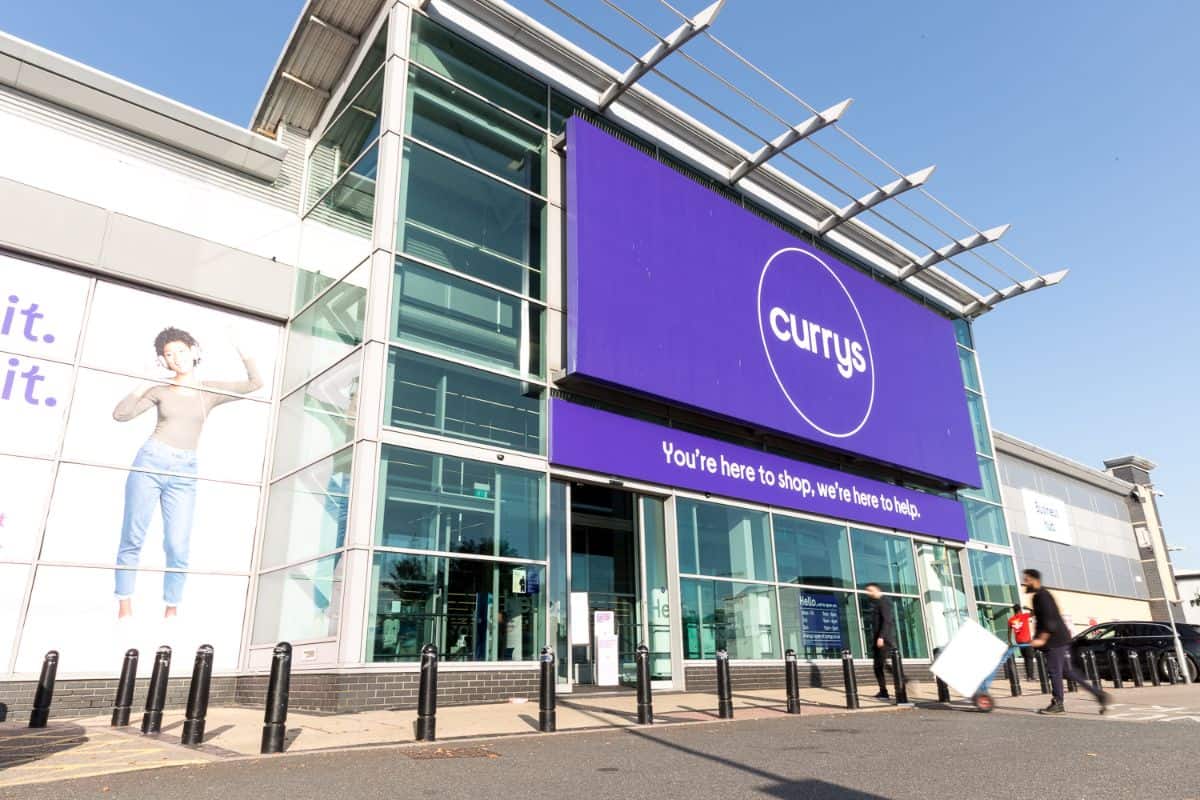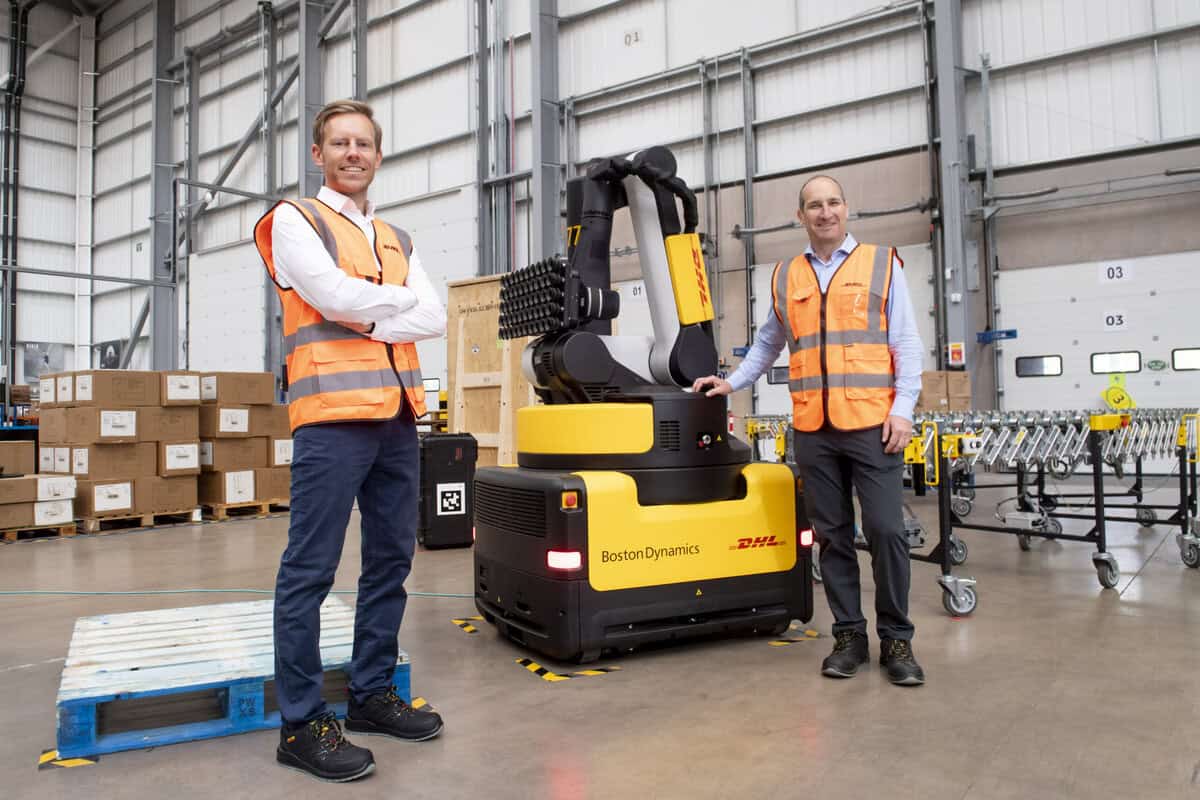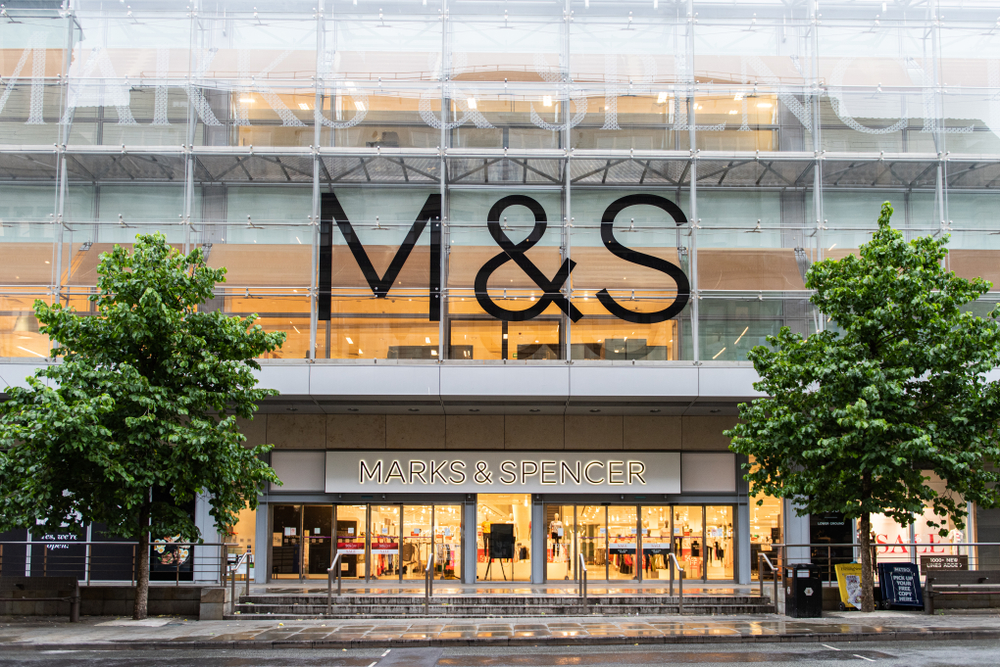Are you ready to take advantage of one of the biggest shopping days in the retail calendar? Adam Joseph, director of client services at ChannelAdvisor, provides his top five tips on how brands and retailers can take advantage of Amazon Prime Day 2017.
This year marks the third anniversary of Amazon’s shopping extravaganza. Prime Day is a one-day sale exclusively for members of its Prime subscription service, usually taking place in the second week of July. Prime Day 2016 saw the online marketplace announce its largest sales day in history, with 81.6 million visits to Amazon.com and the number of worldwide orders rising to 34.4 million, an increase of 60% compared to the previous year. With Amazon extending the event from 24 to 30 hours this year, and rumours that Prime deals will span an entire week, forecasts suggest we’ll see the biggest Prime Day yet in 2017.
For many retailers, brands or third party merchants selling on Amazon, the opportunity that Prime Day offers is too good to miss. Even if you haven’t been invited to be part of Amazon’s Prime Day 2017 Lightning Deals, it doesn’t mean you can’t capitalise on the spike in traffic to boost your own visibility and sales. However, the saying ‘if you fail to prepare, you are preparing to fail’ rings true here; success for many sellers depends on being ready when the day comes.
Here are five top tips for retailers looking to take full advantage of the marketplace behemoth’s global shopping phenomenon:
Spend time on your stock
This is critical to Amazon Prime Day success. Spend some time conducting an audit to understand what you’re currently selling on Amazon and conversely what’s not flying off your virtual shelves. Increasing your product selection or catalogue size ready for Prime Day will allow you to maximise the chance of landing those all-important sales. You should also consider stocking something that currently isn’t on Amazon to differentiate your business.
It’s all well and good knowing which of your products sell well but if you don’t have enough of them, you could potentially lose out on key orders during peak Prime Day selling hours. Running out of inventory may have been an issue in 2015 (Amazons first Prime Day) but should not be this year. Whether you are participating in Prime Day promotions or not, anticipate a higher level of orders than usual and adjust your stock levels accordingly, as you would for Black Friday and the weeks leading up to Christmas. If you participated last year, review your historical data to predict this year’s demand and subsequently how much stock you will need.
Explore advertising options
For smaller retailers, selling via Amazon can be similar to the proverbial needle in a giant retail haystack. Competition is stiff and the sheer amount of products available is obscene; it’s easy to see how, without the right advertising approach, your products could potentially get lost in the noise. Therefore, adjust your advertising spend and consider using one of the many promotion methods that Amazon offers to help bring your products to new audiences.
One of the most effective promotional strategies is Amazon Sponsored Products (ASP). According to Amazon, clicks on product advertisement paid for by third party sellers grew 150 per cent on Prime Day last year. A successful ASP campaign can enhance the discoverability of your products by increasing Buy Box traffic, the Buy Box is the box on your product page where customers can begin the purchasing process by adding items directly to their shopping baskets. If several sellers sell the same product they will be competing for the Buy Box for that product, Amazon bases who wins on pricing and availability. ASP can also improve your ranking on the search engine results page and even highlighting your products to differentiate them from your competitors. With sponsored ads you also only pay for shopper clicks and not impressions, essentially when the advertising is working.
Content is king
We’ve said it before but it bears repeating. For savvy retailers, content is king. You aren’t going to scale your business on Amazon, on any other marketplace or even on your own website if you haven’t optimised your content. This is all the more important on Prime Day as the site is flooding with bargain hunting shoppers hungry for the latest deals.
If you want to make sure your products stand out, focus on the fundamentals: titles, descriptions and bullets. Don’t cram your title with keywords but use relevant attribute information. Your product description should tell a story in 100 words or less – be concise yet creative. Your bullets should be short and only display the crucial information, keeping in mind that only the top three will show up on mobile. Include as many high resolution images as possible; these can be the difference between a conversion and a customer abandoning a purchase.
Make sure you’re using effective keywords to help users find your offering when searching. They can be used for content but their main purpose is to guide shoppers to your product so they shouldn’t be duplicated from titles or descriptions. Finally, have a look at your product on an Amazon app to make sure each element translates. It’s also worth comparing your listings with competitors.
Pricing and promotions
You aren’t going to get the sales you expect on Prime Day without aggressive pricing. Customers are smart, so you need to make sure your products are priced the same or less than your competitors on Prime Day. Develop a pricing strategy that will help you stand out and stick to it, whether it’s buy one get one free, discounts or percentages off. Consider using product bundling to move as much inventory as possible, this is an effective strategy for any slow moving stock. Free shipping is a must, having to pay for postage may nudge a potential shopper in the direction of a competitor who is offering it free of charge. It’s also a valuable way to boost your average value order.
Another thing you should consider is using a repricer tool, popular during Prime Day as it’s free to use, quick to set up and requires low maintenance. Success on Prime Day will depend on your ability to understand your competitors and adjust your pricings to stay atop of listings; repricer software will ease this process and manage the workload. Even if you only want to re-price a product by 1%, this could give you an advantage over your competitors in winning the Buy Box.
Prepare your teams
Ensure all teams in your business are well prepared, making sure everyone is aware of the high velocity of Prime Day. You should staff customer service teams accordingly during the week to be able to respond to increased demand.
Operations and logistics teams should also be ready and organised, with the aim of keeping handling time of products low. Consumer expectations are high and shipping items late because of the Prime Day demand could damage your Amazon ratings or overall brand reliability. Remember that when determining who wins the Buy Box, Amazon looks at seller metrics which includes shipping times. If history repeats itself and we see an even bigger Prime Day this year, preparation ahead of the event could pay off in dividends.
Adam Joseph is director of client services at ChannelAdvisor








